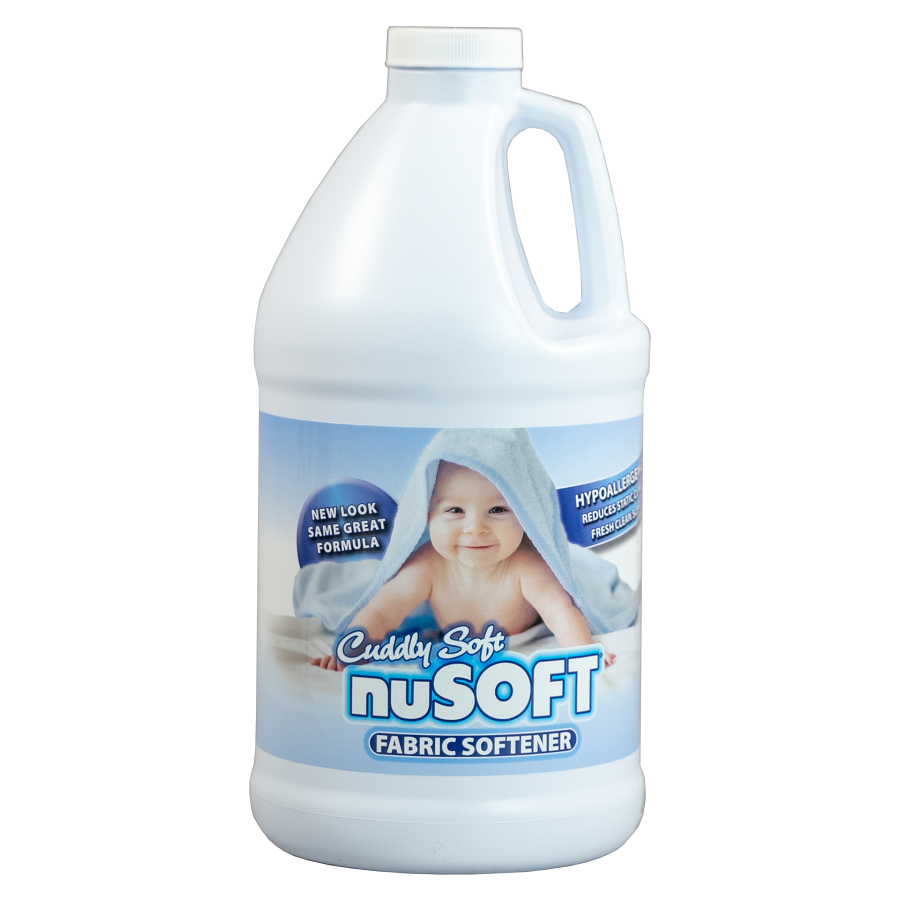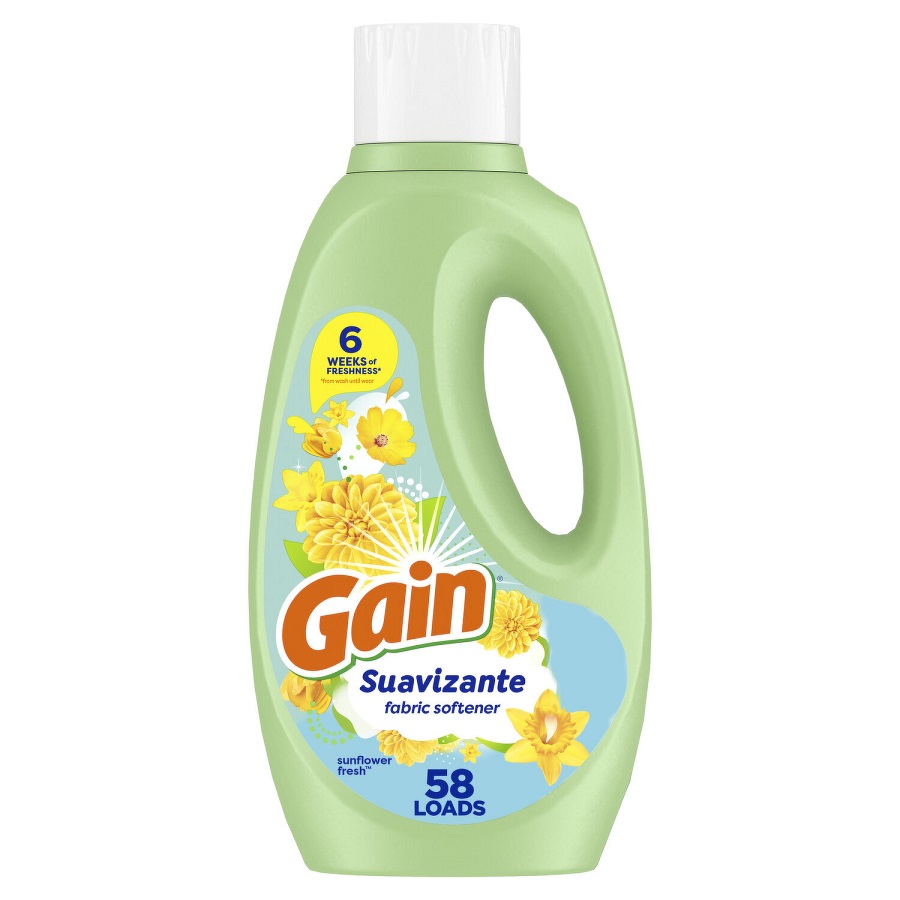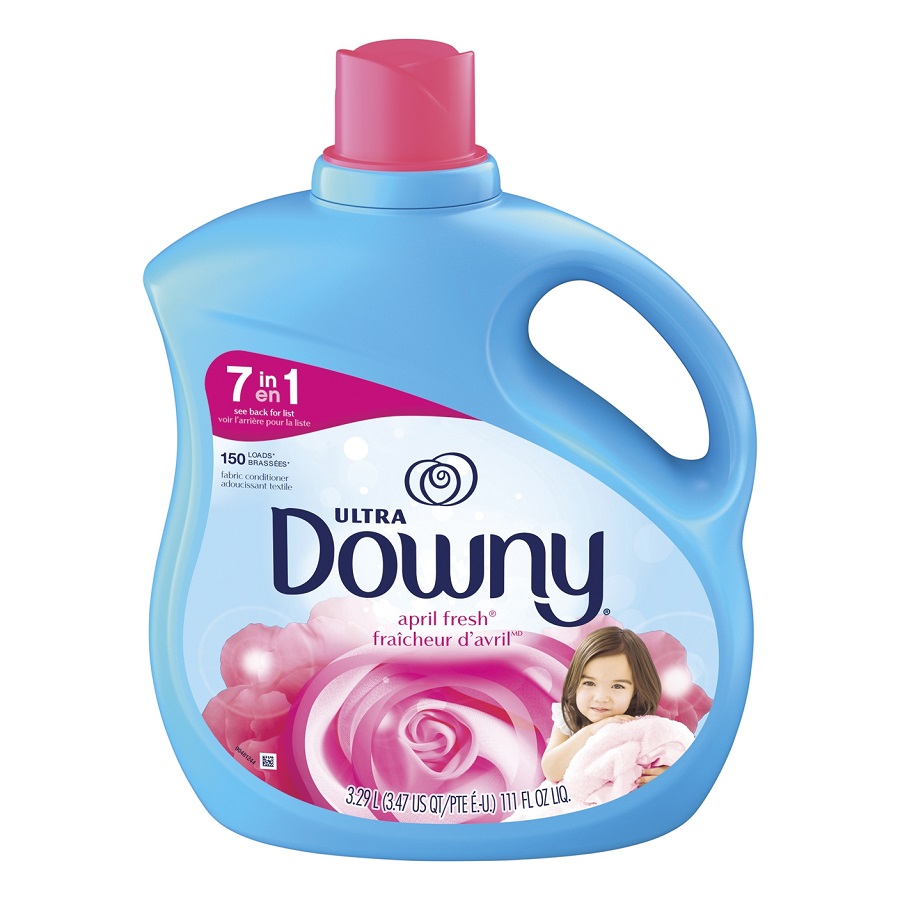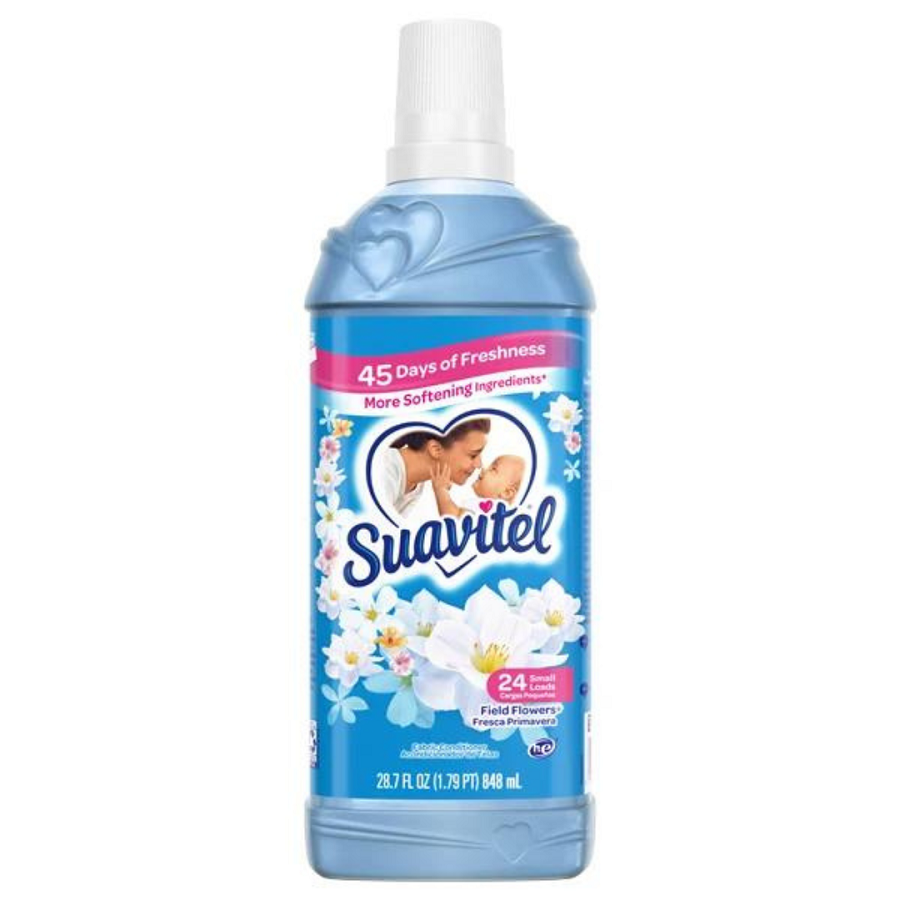What Is Fabric Softener?
Fabric softener is a laundry aid that makes clothes soft and smell good. Like hair conditioner, it improves texture and makes fibers manageable. It’s added in washing or during handwashing for these benefits.
The Role of Fabric Softener in Laundry Care
In laundry care, fabrics softener reduces static cling and wrinkles. It coats fibers with a thin layer for softness and scent. Its use helps clothes feel comfier and smell fresher after a wash.
Comparing Fabric Softener and Fabric Conditioner
Often, fabrics softener and conditioner are thought to be different. But they are the same. Both terms refer to the same product that cares for clothes in the wash.
Benefits of Using Fabric Softener
Using fabric softener offers several key benefits, enhancing not only the texture and scent but also the longevity of your clothes. Let’s delve into these benefits for a clearer understanding of why adding fabrics softener to your laundry routine can be a game-changer.
Softness and Freshness for Your Clothes
The most notable benefit of fabrics softener is its ability to leave your clothes feeling softer to the touch. This makes your garments more comfortable to wear. Moreover, fabric softeners are often infused with pleasant scents. This leaves your clothes smelling fresh long after they’ve been washed.
Extending the Life of Your Garments
Regular use of fabric softener in your laundry can help extend the life of your clothes. The product works by coating each fiber, reducing friction during the wash cycle. This lessens wear and tear on the fabric, helping your clothes maintain their color and texture over time.
Fabric Softener and Sensitive Skin
Some fabric softeners are designed to be gentle on the skin. These are ideal for people with sensitive skin or allergies. They reduce the harshness of fabrics against the skin. This can be a relief for individuals who experience irritation from wearing certain types of clothing. Always check the label to ensure the fabrics softener is suitable for sensitive skin.

How to Use Fabric Softener in the Washing Machine
Using fabric softener in your washing machine enhances the softness of clothes and infuses a fresh scent. Each type of washing machine has a specific method for adding fabrics softener. Let’s explore how to use fabric softener effectively for each type.
Understanding Different Washing Machine Types
Top-load and front-load are the main types of washing machines. Each handles fabrics softener differently. For front-loaders, softener usually goes into the drawer. Top-loaders often have a dispenser where you add the softener.
The Correct Compartment for Fabric Softener
Find the right compartment to put fabric softener in. It often has a flower symbol. If you are unsure, check the manual or search your washing machine’s model online for guidance.
Measuring the Right Amount
It’s important to use the right amount. Too much can harm your clothes, while too little won’t have much effect. Use the measuring cup that comes with your fabric softener. Your washing machine’s compartment should also have a max line to guide you. Adjust the amount based on your laundry load size. Always follow the instructions on the softener label.
The Proper Use of Fabric Softener When Handwashing
Handwashing clothes is a delicate task that can be enhanced with fabric softener.
Step-by-Step Guide for Handwashing with Fabric Softener
- Wash your clothes with detergent and rinse well.
- Drain the used water and fill the basin with clean water for rinsing.
- Add the correct dose of fabric softener, diluted in water, to the rinse basin.
- Submerge your garments and gently swirl them in the softener solution.
- Let the clothes soak for a few minutes to absorb the benefits.
- Rinse the clothes again with clean water if the product label advises.
- Wring out excess water gently and hang the clothes to dry.
Dos and Don’ts for Handwashing
- Do measure the softener accurately to avoid residue on clothes.
- Don’t pour softener directly on clothes as it may cause staining.
- Do use softener designed for sensitive skin if needed.
- Don’t use too much softener; follow the recommended amount.
- Do rinse clothes thoroughly if they feel slippery after soaking.
- Don’t forget to check the care label before adding fabrics softener.
- Do enjoy the fresh scent and softness fabric softener gives.
Best Practices for Fabric Softener Use
To get the most out of fabric softeners, follow these best practices. They ensure your clothes stay soft and fragrant without hassle.

Avoiding Common Mistakes
Don’t overdose; stick to the recommended amount. Overuse can lead to fabric damage. Avoid pouring softener directly on clothes; it can cause stains. Make sure to use the right compartment in your machine, often marked with a flower symbol.
Maintaining Fabrics Softener Quality
Keep the product’s quality by using it within a few months of purchase. Over time, softeners can thicken, making them hard to use. If it spills, clean it up right away. Spilled softener can become thick and sticky.
Storage Tips for Fabric Softener
Store fabrics softener in a cool, dry place away from direct sunlight. Keep it at room temperature to prevent freezing or thickening. Check the container is properly sealed to keep freshness. Make sure the storage area is out of reach of children and pets.
When to Skip Fabric Softener
While fabric softener has many benefits, it’s not always suitable for every wash. Knowing when to omit it can protect your clothes and ensure they perform as intended.
Types of Fabrics to Avoid
Not all fabrics react well to fabrics softener. Avoid using it on:
- Microfiber, as it can reduce its absorbency and cleaning power.
- Sportswear designed to wick moisture away from your body.
- Towels, which can lose their absorbency over time with regular softener use.
- Flame-resistant clothing, where it can lower the effectiveness of the protective coating.
The Impact on Towel Absorbency
Towels need to be absorbent to dry off effectively. Fabric softener can coat the fibers, making them water-repellent over time. Use fabric softener sparingly on towels or skip it to maintain their drying ability.
Fabric Care Label Instructions
Always read the care labels on your clothing before using fabric softener. The label will indicate if the item is not suitable for fabrics softener. Following these guidelines will help you avoid potential damage to your garments.
Additional Situations to Skip Fabric Softener
Sensitive Skin Concerns
If you or someone in your household has sensitive skin or allergies, it may be best to avoid fabrics softeners. These products can sometimes contain fragrances and chemicals that irritate the skin.
Baby Clothes
For baby clothes, skipping fabrics softener is advisable. Babies have delicate skin, and using fabrics softeners may lead to irritation or allergic reactions.
Performance Fabrics
In addition to sportswear, other performance fabrics (such as those used in athletic gear) are designed to wick moisture and provide breathability. Fabrics softeners can coat these fibers, reducing their effectiveness.
Alternatives to Fabrics Softener
If you’re looking for ways to soften your laundry without using traditional fabrics softeners, consider these alternatives:
- White Vinegar: Adding a cup of white vinegar to the rinse cycle can help soften fabrics and reduce static without leaving residues.
- Baking Soda: A half-cup of baking soda in the wash can also enhance softness and help with odors.
- Dryer Balls: Wool or plastic dryer balls can help to separate clothing in the dryer, allowing hot air to circulate more freely and reducing drying time while naturally softening fabrics.

Conclusion
While fabric softener can enhance the feel and scent of your laundry, it’s important to know when to skip it to maintain the quality and functionality of certain fabrics. By being mindful of the types of materials you’re washing and considering alternatives, you can keep your laundry feeling fresh and performing well. Always refer to care labels for specific guidance tailored to your garments.









